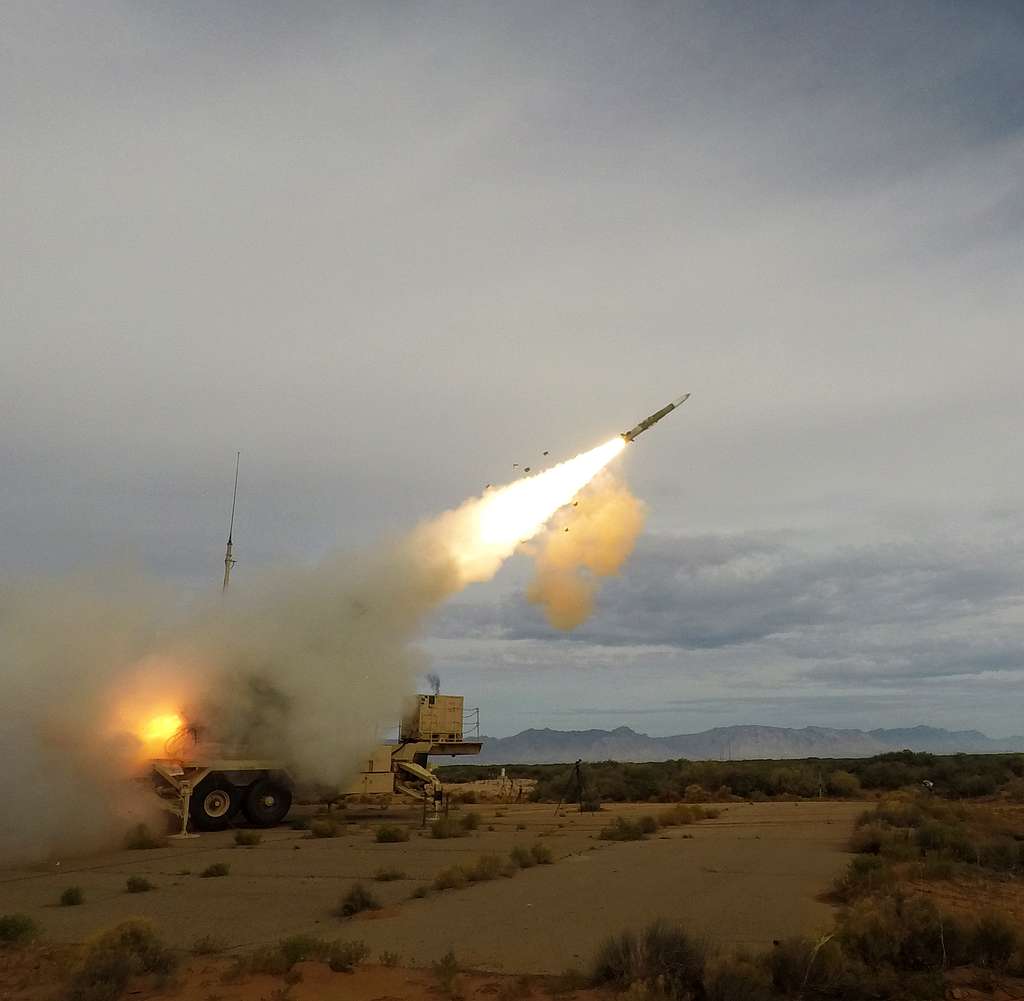On Friday, April 19, Israel carried out a missile strike in Isfahan, “the cradle of Iran’s nuclear programme,” in response to Tehran’s April 13 missile and drone attack. While the United States attributed the strike to Israel, there has not been official Israeli confirmation.
Satellite imagery shows probable damage to part of an air-defense system at a nearby airfield. Sources indicate that Israel had originally planned a more extensive retaliatory strike on Iran but had scaled back the operation after pressure from the U.S. and other allies.
Regional sources report on the development:
On Friday, Israel utilized “long-distance aircraft [to fire] missiles that struck Iranian Air Force assets at Isfahan in central Iran,” the Jerusalem Post explained. Israel officials “notified the US on Thursday that they planned to launch a strike in the next 24-48 hours.” Small drones were also used in the attack, and sources indicate that the target was not nuclear.
Al Jazeera stated: “Iranian media said no strikes were launched on Iran from outside the country, and the attack was believed to have been carried out using small quadcopters that would have to have been launched from inside Iran.” The news agency described Isfahan as “home to several important sites, including military research and development facilities, as well as bases. The nearby city of Natanz is the location of one of Iran’s nuclear enrichment sites.”
According to The New Arab, Iran activated air defense systems over several cities and “shot down three small drones over Iran’s city of Isfahan, after Iran’s state media reported explosions in the central province of Isfahan.”
Al Ahram noted that Israel’s strikes “caused limited damage.” Further, Iran’s response to the strikes was also “muted, raising hopes that Israel-Iran tensions — long carried out in the shadows with cyberattacks, assassinations, and sabotage — will stay at a simmer.”
Some experts analyze that “the strike on Iran was Israel ‘signalling’ that it knows where the country’s nuclear research centres are, allowing it to demonstrate they are highly vulnerable to attack.” The National continued: “The use of a handful of quadcopter kamikaze drones fired at an arms factory in Isfahan suggests that Israel can hit with impunity at the heart of Iran’s military’s machine.”
Tensions escalated after Israel carried out “an air strike on April 1 against Iran’s consulate in Damascus, killing seven Iranian officials from the Revolutionary Guards.” On April 13, “Iran responded with its first-ever direct attack on Israel, involving hundreds of drones and missiles, though almost all were shot down by Israel and its allies.” Al Arabiya placed these exchanges in the context of the ongoing Gaza war between Israel and Hamas, a group backed by Iran.
Citing Egyptian officials as the source, The Times of Israel shared that the United States had pressured Israel to refrain from a “large strike in Iran,” and, in return, the U.S. accepted “Israel’s plan for an operation in the southern Gaza city of Rafah,” where over a million Palestinians are seeking safety after fleeing fighting in other parts of Gaza. However, “a US National Security Council spokesperson says the story isn’t true and such a plan has never been discussed.”
